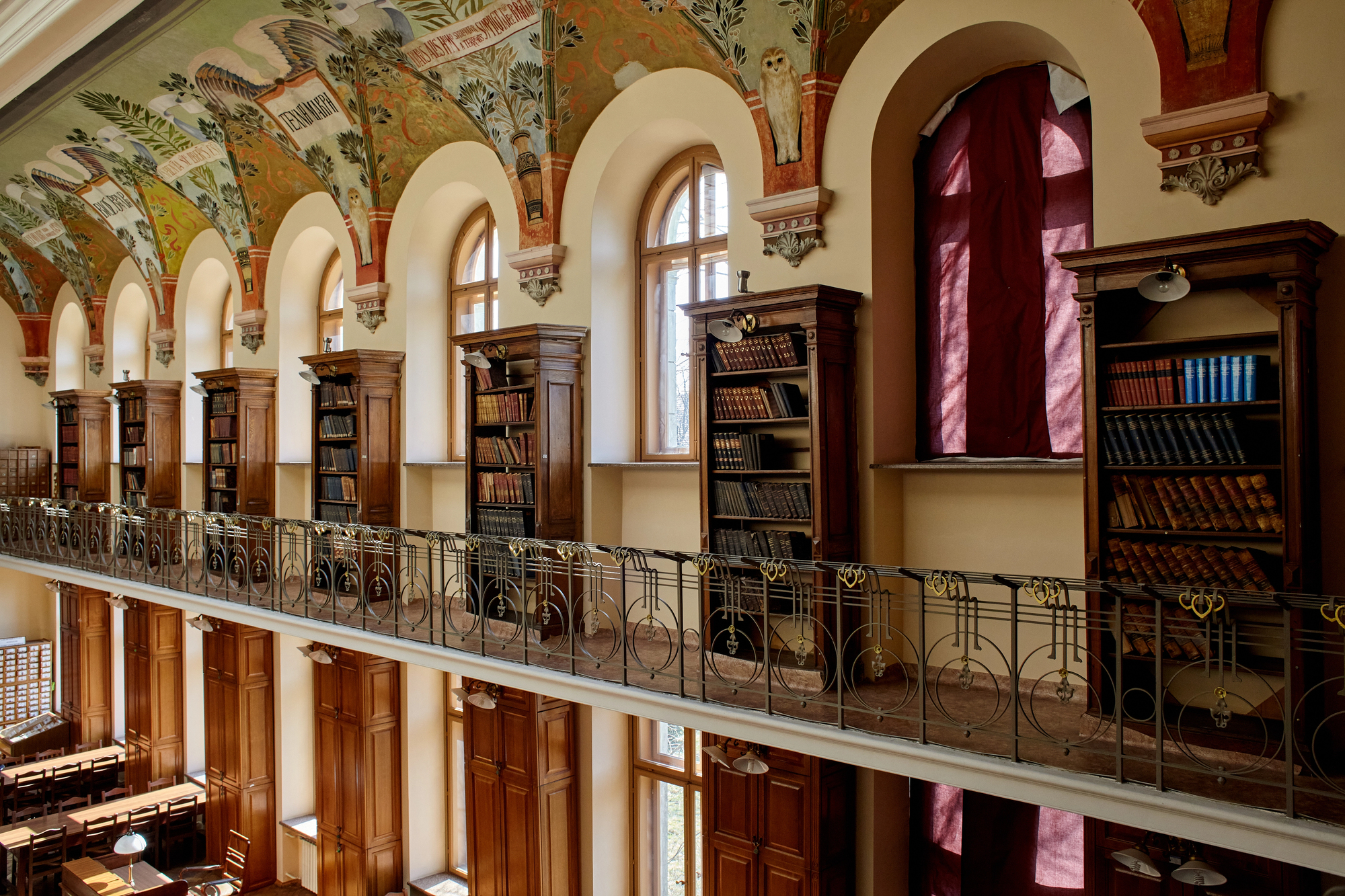The Nobel Prize is a symbol of scientific breakthrough and recognition of the impact an individual or a team can have on the world. Since 1901, the prize has evolved from a European club of male scientists into a global arena marked by growing diversity, but is there truly room for women and younger generations on this stage?
The regularity of the award demonstrates that even wars could not suspend this tradition for long. It was interrupted only during the years of World War II.
Figure 1. Regularity of the Nobel Prize awarding

In 1901, all laureates were Europeans. However, by the 1930s, the scientific center of gravity had gradually shifted across the Atlantic, and the United States had become the leader in the number of Nobel winners. Since then, American universities have remained powerful centers of research and discovery.
Figure 2. Share of Nobel Prize laureates from the United States
As of today, approximately 6.6% of all Nobel laureates are women, a share that has been increasing in recent years (Figure 3). It is essential to recognize that the prize reflects the current state of science itself. In disciplines where women have traditionally been underrepresented—such as physics, chemistry, and economics—the number of female laureates is correspondingly lower.
Figure 3. Share of women among Nobel Prize laureates
At the same time, the literature and peace prize categories show a gradual leveling. Where male figures once dominated, women are now becoming increasingly visible (Figure 4). Scientific and cultural progress increasingly depends less on gender and more on the power of influence.
Figure 4. Distribution of Nobel Prize laureates by field and gender/status
Symbolically, the first female laureate was Marie Skłodowska-Curie, in 1903. She remains the only woman ever to have received two Nobel Prizes in different sciences: physics and chemistry. First for the discovery of radioactivity (1903), and later for isolating radium and polonium (1911). John Bardeen also received two Nobel Prizes, both in physics: for the invention of the transistor (1956) and the theory of superconductivity (1972), which laid the foundation for modern electronics. Frederick Sanger was twice awarded the Nobel Prize in chemistry: for deciphering the structure of insulin (1958) and for developing the method of DNA sequencing (1980). Linus Pauling stands out as the only person to combine a scientific and a humanitarian mission, having received Nobel Prizes in chemistry (1954) and peace (1962) for his campaign against nuclear testing.
Despite the progress achieved, certain barriers in science persist. This refers to systemic bias known as the “Matilda effect” – the tendency to downplay or even ignore the contributions of women scientists, attributing their achievements to male colleagues. The history of science abounds with such examples: from Rosalind Franklin, whose data were crucial for discovering the DNA structure – a discovery for which her male colleagues received the Nobel Prize – to Lise Meitner, who played a central role in the discovery of nuclear fission but was left without a Nobel Prize. Another aspect concerns the nomination process itself: it often takes place within academic circles where women are underrepresented (both among professors and among those already recognized enough to nominate others). This makes it harder for new female candidates to gain visibility. In sum, while the prize truly reflects outstanding achievements, historical and institutional barriers mean that potentially deserving candidates often remain overlooked.
Figure 5. Cases of repeated Nobel Prize awards
Among Nobel Peace Prize laureates are not only individuals but also organizations whose efforts have changed the course of modern history. The International Committee of the Red Cross has been honored most often (1917, 1944, and 1963) for its humanitarian work during wars and for protecting the rights of prisoners of war. The Office of the UN High Commissioner for Refugees (UNHCR) has received the award twice (1954 and 1981) for assisting millions of people forced to flee their homes. Other notable organizations include the United Nations (2001), the European Union (2012), and the World Food Programme (2020), all of which are recognized for their contributions to peace, international cooperation, and the fight against hunger.
Another interesting dimension is the age of laureates. In the early 20th century, they were typically around 55 years old; today, the average age is about 65. Scientific discoveries now often require decades of research, collaboration, and funding – shifting the moment of recognition closer to the end of one’s career. In contrast, the peace category shows the opposite trend: laureates are becoming younger, reflecting the evolving role of activism in the world.
Figure 6. Average age of Nobel Prize laureates
The youngest Nobel laureate in history is Malala Yousafzai, who received the Peace Prize in 2014 at the age of 17 for her fight for girls’ right to education. Her story has become a symbol of the new generation’s activism. At the other end of the spectrum is Leonid Hurwicz, who received the Nobel Prize in economics in 2007 at the age of 90. His theory of mechanisms, which transformed the analysis of markets and decision-making, had been formulated back in the 1960s. More than forty years passed between discovery and recognition – a time lag that shows the Nobel Prize is not always about instant success but rather about ideas that have stood the test of time and brought tangible benefits to humanity.
Photo: depositphotos.com/ua
Attention
The author doesn`t work for, consult to, own shares in or receive funding from any company or organization that would benefit from this article, and have no relevant affiliations



